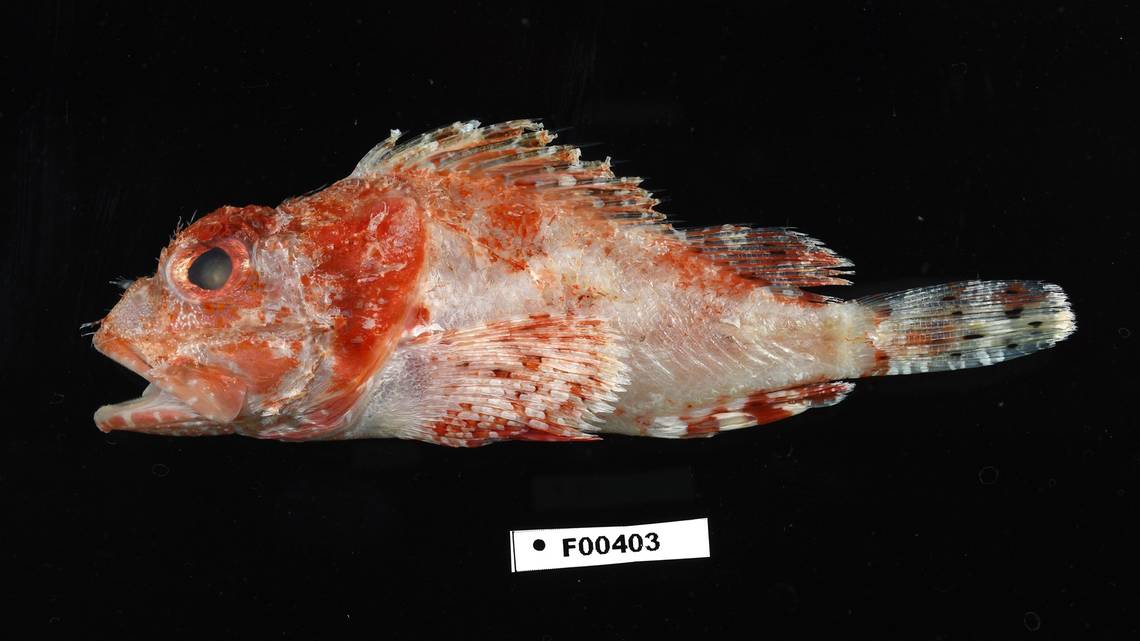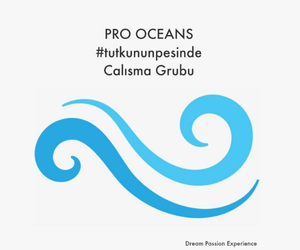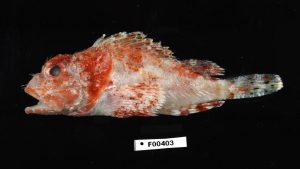BY MARK PRICE
Two species of stinging scorpionfish have been found in unexpected places in Florida waters, according to the Florida Fish and Wildlife Research Institute.
The hunchback scorpionfish and shortfin scorpionfish both have venomous dorsal fins that cause “a lingering pain if they penetrate the skin,” the institute says.
Institute officials did not say exactly where the fish had been discovered by researchers. But the two scorpionfish are among 10 aquatic creatures newly added to Florida’s “uncommon species” list — meaning it’s a known species that was not expected to be where it was found.
“While sampling at a few locations in a depth greater than usual, our latest (research) cruise collected some species not typically encountered,” the Fish and Wildlife Research Institute posted on Facebook. “Some of the uncommon fishes include a shortfin scorpionfish and streamer searobin.”
iframe{position:absolute;top:0;left:0;width:100%;height:100%}
The institute is the research division of the Florida Fish and Wildlife Conservation Commission. It shared photos of some of the fish on Facebook — showcasing their creepier attributes like big black eyes, fiery red skin and sharp spines on their back.
“Looking like some messed up mutations,” one commenter noted.
Among the 10 are the roughtongue bass, which has a patch of teeth on its tongue, and the streamer searobin, with “spiny plates on its head which give the impression of an ancient war helmet.”
The fish were found as part of the Southeast Area Monitoring and Assessment Program, which covers waters in both the Atlantic and Gulf of Mexico.
While specific discovery sites were not divulged, the two scorpionfish live at depths of nearly 400 feet, making it unlikely tourists will accidentally encounter on one.
The deepbody boarfish was the deepest of the species, with an ability to live at depths of nearly 3,000 feet, the institute reported.
“The fish have been added into our Florida Biodiversity Collection’s (FBC) ichthyology collection which currently houses over 36,000 preserved specimens,” the institute wrote.
“Such collections create an historical record of Florida’s marine biodiversity and serve as an invaluable resource for scientific and educational purposes.”
Source: https://www.miamiherald.com/





